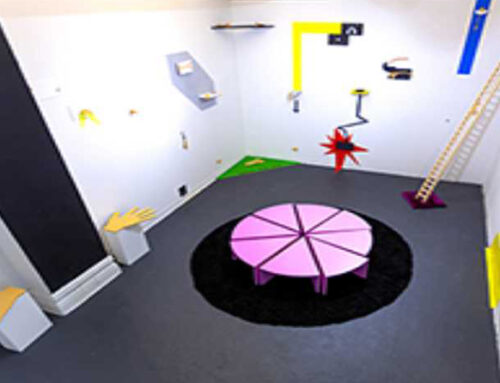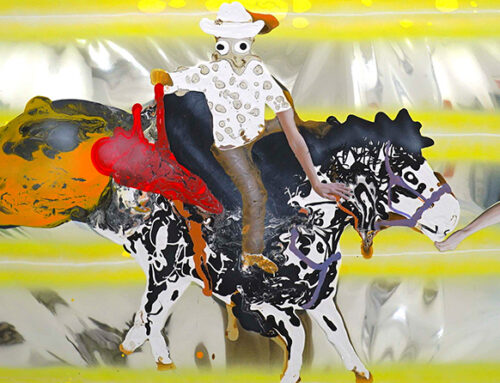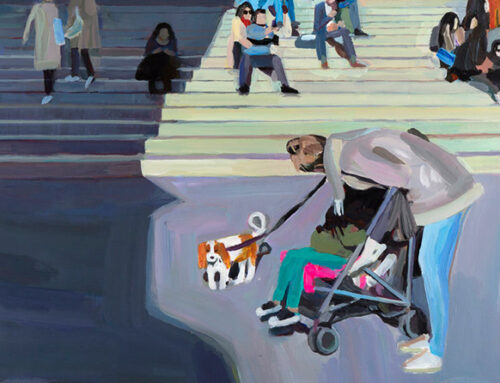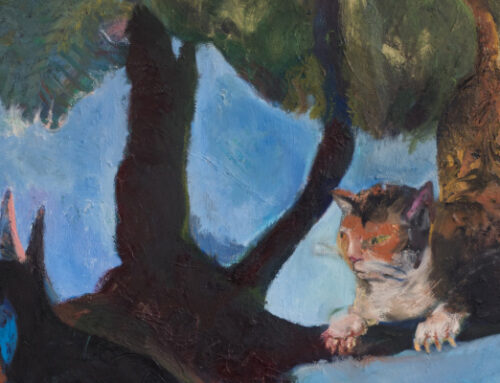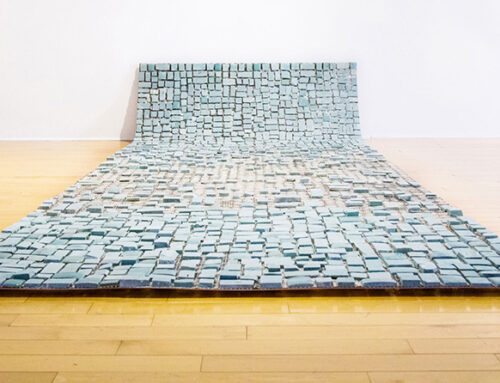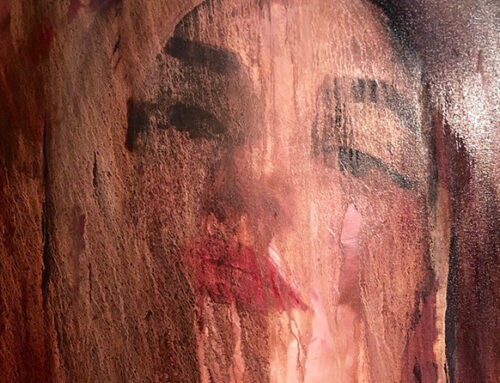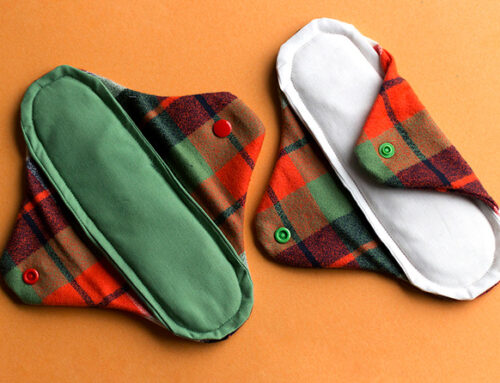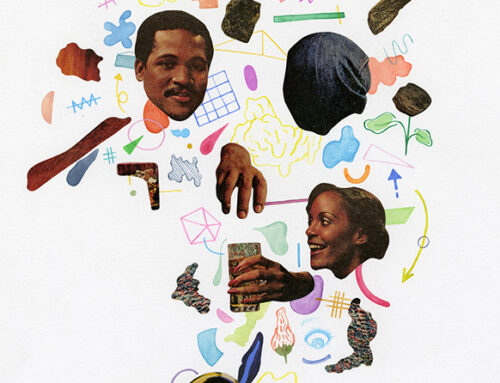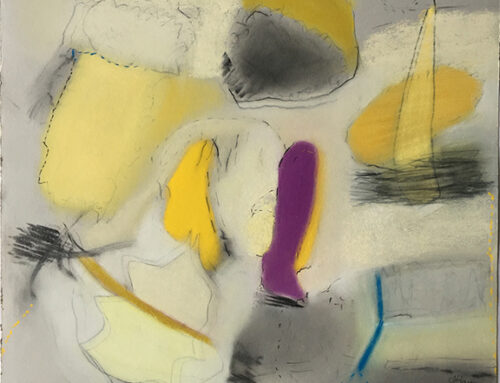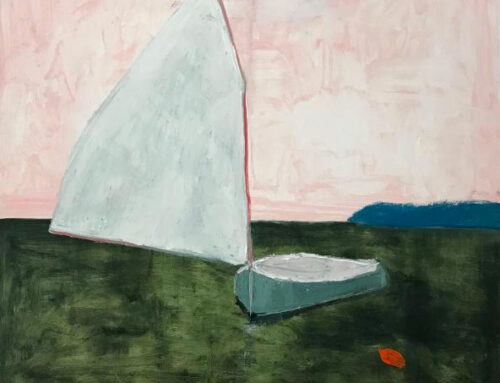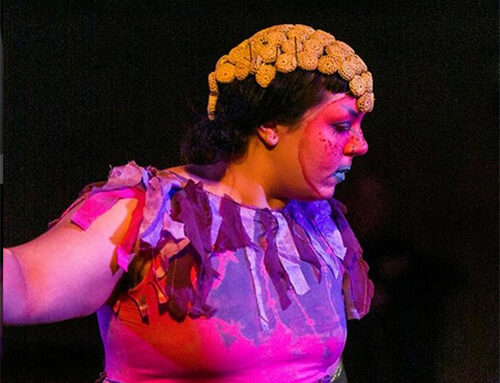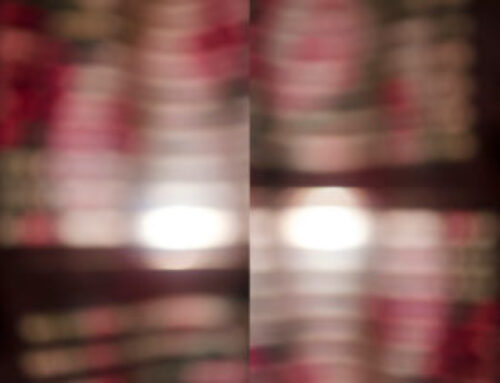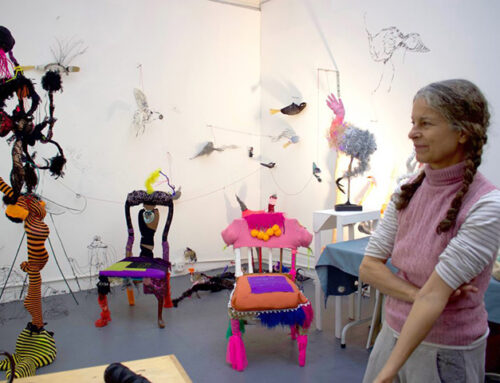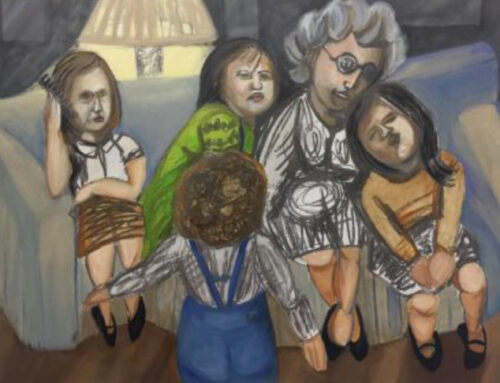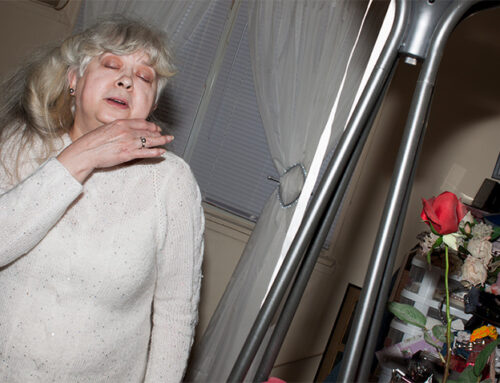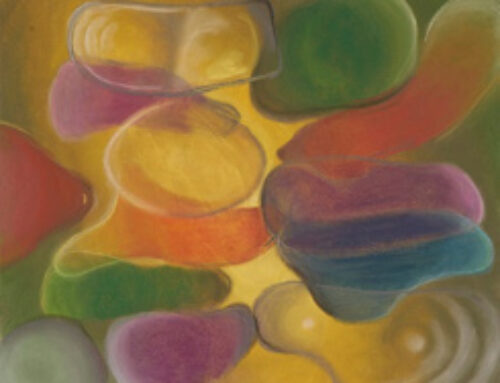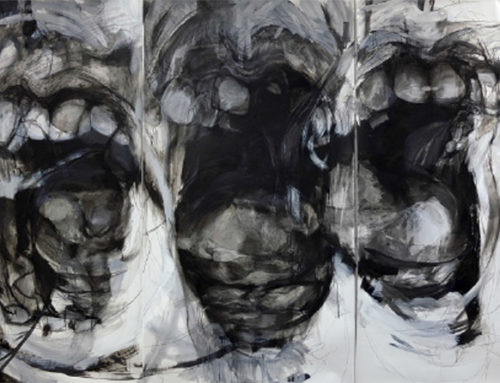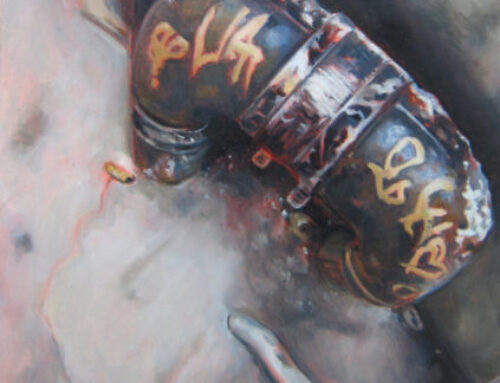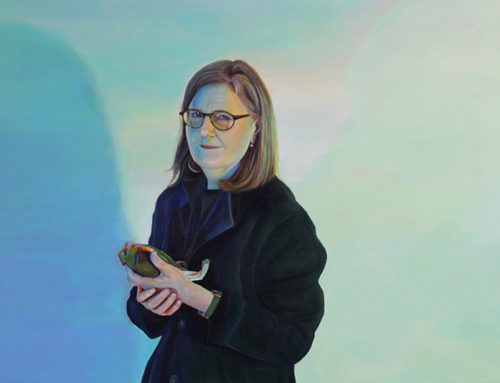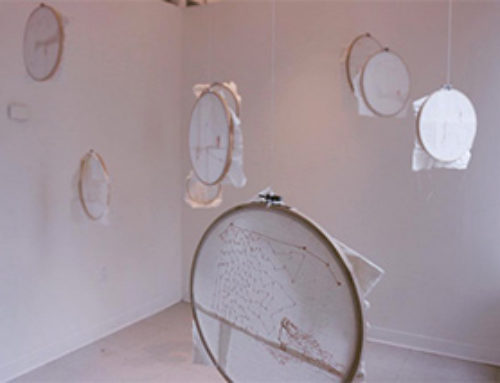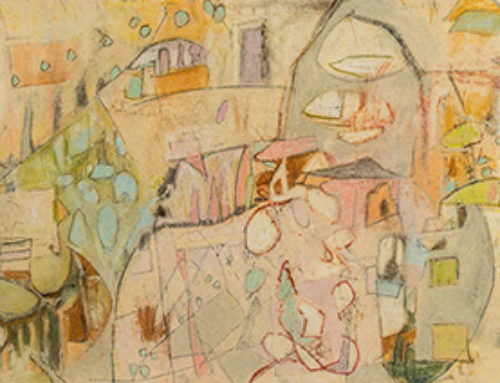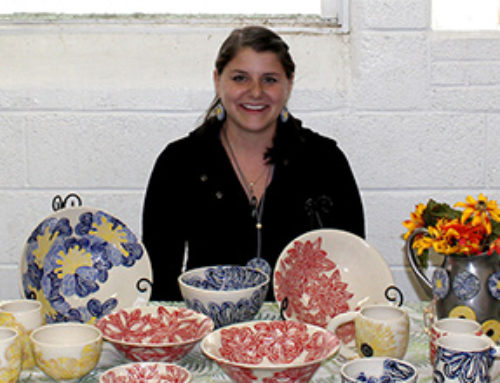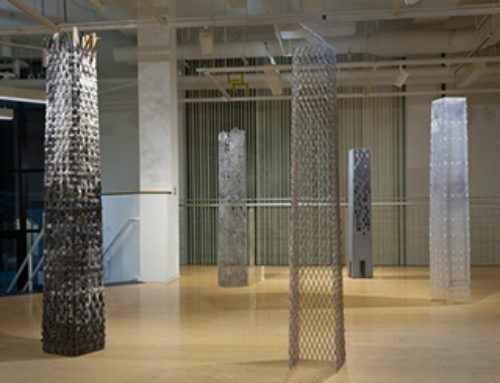
Terrill Warrenburg

Storm and Summer
Watercolor, chalk & pastel
9 x 12 in

Schuylkill
Watercolor, chalk & pastel
9 x 12 in

Ends
Watercolor, chalk & pastel
9 x 12 in
TERRILL WARRENBURG | INTERVIEW QUESTIONS:
Q. How did your passion for art begin taking shape for you—at home, school, a mentor, and other artists who inspired you, or a personal experience that started the fermenting process?
A. According to my mother, I started off on my artistic pursuits by arranging leaves, small rocks, and other natural objects into extensive and detailed designs. Encouraged by her studio practice and inspired by the number of paintings and sculptures in our house while growing up, I started drawing and painting at a young age and continued studying it, majoring in fine arts in High School and College.
Q. How would you describe your artwork, in terms of materials or mediums? Has it changed or evolved since formal training and what are your goals for it?
A. My work is a physical manifestation of my thought process, often layered and constantly evolving. Since receiving formal training, it has become less forced – more natural and spontaneous. I don’t need to come up with a mind-boggling concept or divine purpose for my art. Sometimes I make things just to practice mindfulness, meditate and enter a specific mental state of flow that I only get when working freely and without the burden of overthinking. I’ve started to pare down my artistic process to the simple elements or mark making, often starting by repeating the same line or gesture and seeing what develops from that. After I create the work I can examine and interpret it. I often return to my pieces later and add or remove elements. I never consider a work “complete” because I am a new person and a new artist in every moment.
Q. How important is a personal style to you as an artist or does your work reflect larger social and cultural issues?
A. My formal style and sensibilities have shifted throughout different periods of my work but I have consistently strived to make work that is genuine and reflects my personality. Previously, I have created work that is overtly critical of social and cultural issues, but I believe that even in non-representational work like I am working on currently, art is a unique tool to foster empathy between individuals. When encountering an artist’s work, the spectator experiences that artist’s vision, and sees physical and visual manifestation of their ideas. Art is a way to connect with another human and, in some way, share other’s experiences, ideas, and more.
Q. Has being a woman affected your work and others’ perception of it? How do you feel about being part of a woman’s art organization?
A. I fully embrace femininity in my work; in some series I more overtly address issues that arise from my status as a woman. I think being part of a women’s art organization is empowering because it highlights an underrepresented segment of the art world. There is a lot of work to be done as far as making a more diverse representation of artists in this business, but actively promoting female-identifying artists is a place to start.



